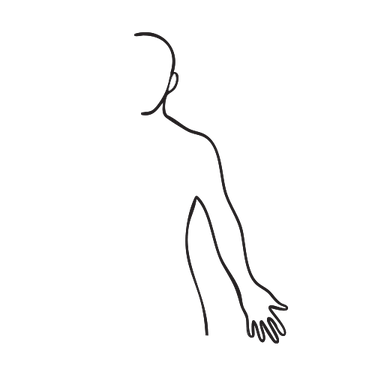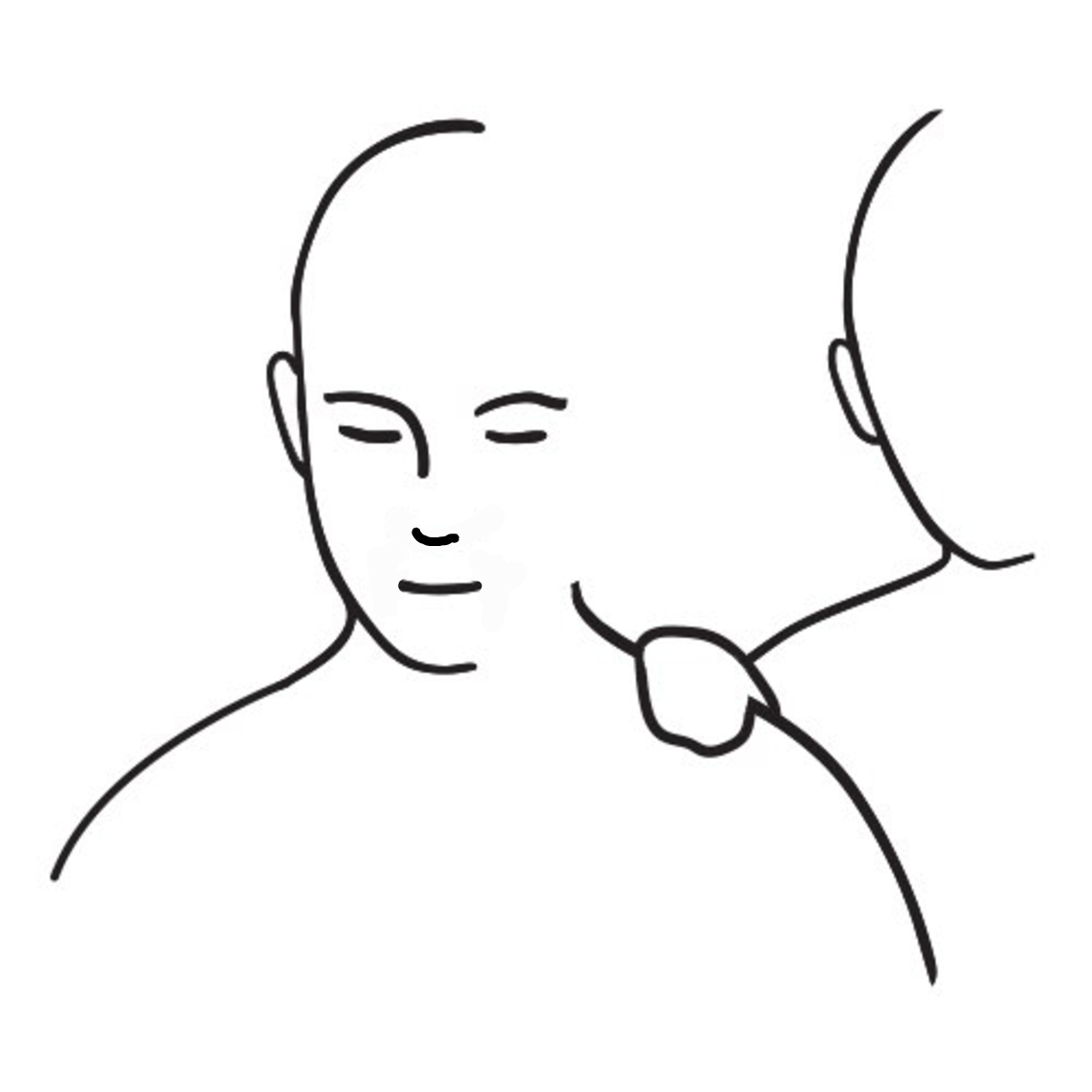
Somatic Energy Therapy
A blend of somatic, attachment, and energy based therapies, developed and practiced by Jake Pierce-Walsh, MSW, LCSW.
Somatic Energy Therapy operates from the simple idea that our mental health is ultimately about our ability to feel all of our emotions. Just like how a healthy body needs blood, breath, digestion, and other aspects to flow, the same goes for our feelings. When we feel our emotions in ways that allow them to move through us, we feel better.
While this idea is simple, the experience can be quite challenging. Our body is wired to avoid pain and so, depending on a number of factors, allowing ourselves to feel emotions can be a complicated process. Somatic Energy Therapy can help by:
Guiding you to connect with emotions as felt experiences within your body. (somatic-based)
Inviting you to relate to your emotions with acceptance, compassion, and curiosity. (attachment-informed)
Teaching you to feel your emotions in a safe and stable way through grounding and other energy-based methods. (energy-aware).

Somatic-Based
Somatic, or body-focused, forms of therapy approach healing from the perspective that there’s more to our psychology than just what’s in our head. They’re interested in the relationships between what we think, believe, and feel and what’s happening in the body. Called “bottom-up processing,” these kinds of therapy find that change occurs, not only through new ideas and perspectives, but by learning to engage and relate to our body’s experience.
The foundation of Somatic Energy Therapy is our relationship with the body. By learning to bring our focused attention to our physical being, as well as ground the body to promote stability and internal safety, we are able to access places within us that need healing and resources for such healing to occur. This helps us feel emotions in ways that allow them to move through us rather than be stuck inside us due to our own avoidance, judgment, and suppression.

Attachment Theory is a broad study, looking at how healthy relationships are formed and the impact of unhealthy relationship dynamics. It asserts that the quality of our relationship with our parent or caregiver makes a big difference on who we are. In the past 30 years attachment theory found footing in hard science with Dr. Stephen Porge’s Polyvagal Theory, helping us understand the biological impact relationships.
Somatic Energy Therapy regards the science of attachment to be the dominant variable for our mental and emotional health. Recognized as having the greatest influence over our psychology and biology, Somatic Energy Therapy uses attachment theory as a central component in its own theory of what causes mental and emotional problems, as well as a model for what helps us heal.
Attachment-Informed

Healing methods that understand and work with subtle energy have been around for a long time. Before the medical model different cultures and peoples had their own unique way of connecting and working with unseen energetic aspects of nature, the planet, and our bodies. From Chinese medicine to shamanistic healing practices, the world was immersed in a blend of knowledge about the healing potential within nature and spiritual beliefs about the deep, energetic interconnections of everything.
Somatic Energy Therapy incorporates the study of subtle energy into many of its concepts and healing methods. Primarily related to grounding, deeper emotional awareness, and beliefs that support greater energetic fluidity, Somatic Energy Therapy finds the study of subtle energy to be the missing link to more fully understanding the mind-body connection in terms of both the problems we face and their solutions.
